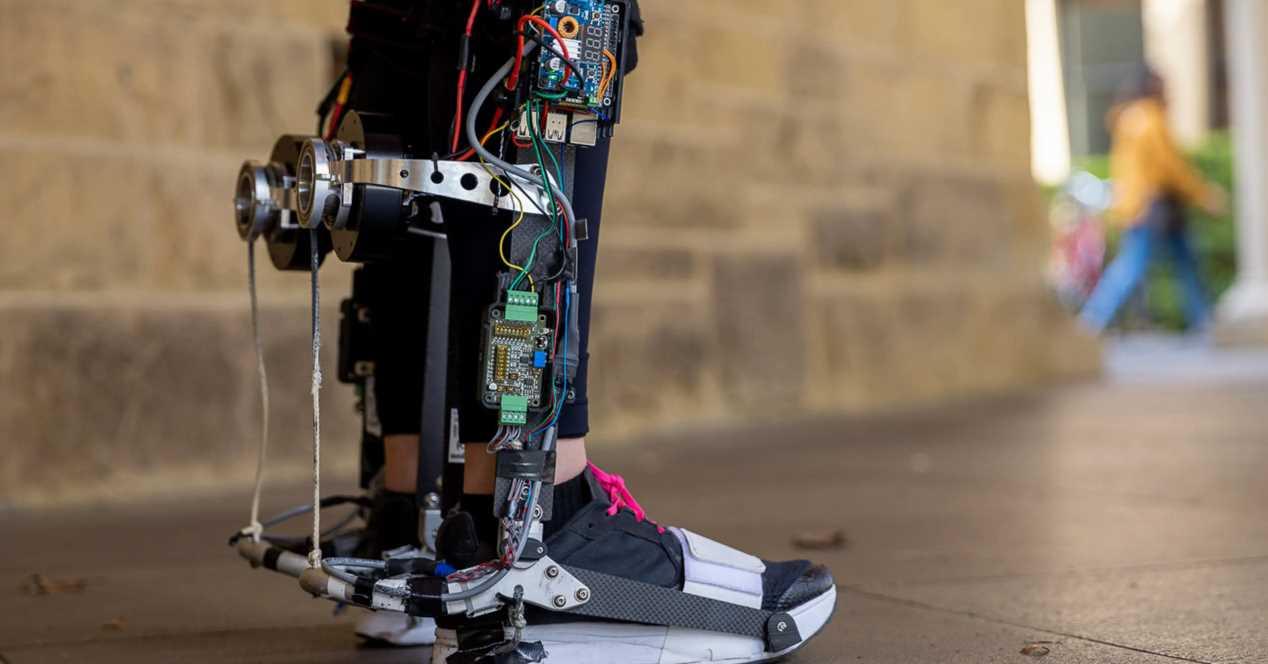One of the areas in which robotics has made the most progress in recent years is assisting people with reduced mobility. And it is that every day many people are faced with the difficult task of being able to circumvent the architectural obstacles of their city. Especially those of a hostile and unconscious town planning. One of the solutions to this are exoskeletons and a project led by a university student strongly caught our attention. Although it must be said that at the moment it is in the early stages of development.
Here is the exoskeleton made with Raspberry Pi 4
Well yes, and we owe it to the research of a student at Stanford University, specifically Patrick Slade that you have decided to use for build your exoskeleton a Raspberry Pi 4. Which for the moment only serves to be able to walk with less effort, but which remains an interesting proposal in order to bring this technology out of the military domain.
The reason you decided to do this is not one, but several.
- The first is that it makes it possible to individualize the final design to the physique of each user and this is a very important element, because we are not all the same.
- The second is that its processor allows the execution of several simultaneous threads which are used to take data from the sensors, interpret them and also control the motors. Which is something that cannot be done with conventional microcontrollers and developing custom hardware would end up increasing costs if a custom chip was used.
- The third element is availability and cost, a Raspberry Pi 4 sits at a much higher level than an FPGA and allows for lower cost production and is intended for mass production. Which is ideal for a project looking to become a mass market product.
- And finally, it allows the system to learn the way users walk and to be able to adjust the exoskeleton, even using AI algorithms for this.
Although best of all is the fact that due to the low power consumption of the Raspberry Pi, the exoskeleton does not need to be connected to a generator to function. This makes its portability possible.
Good performance for a prototype
As for their performance, they have been shown to increase movement speed by 9%, while consuming 17% less energy. All this with a 13 kg backpack. His only problem? The amount of circuits in sight, but we have to assume that this is a prototype. In any case, it is the first step to see exoskeletons, not only for accessibility, but also to facilitate the physical tasks of daily use.








